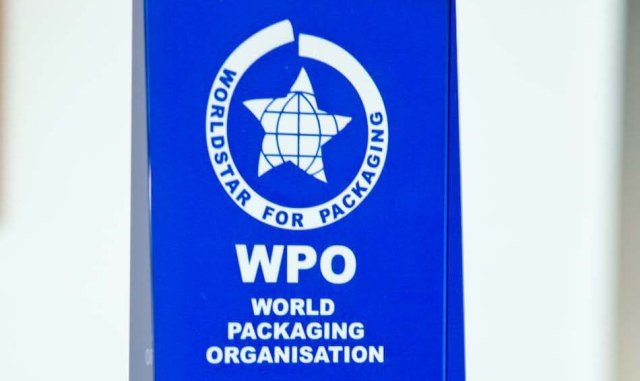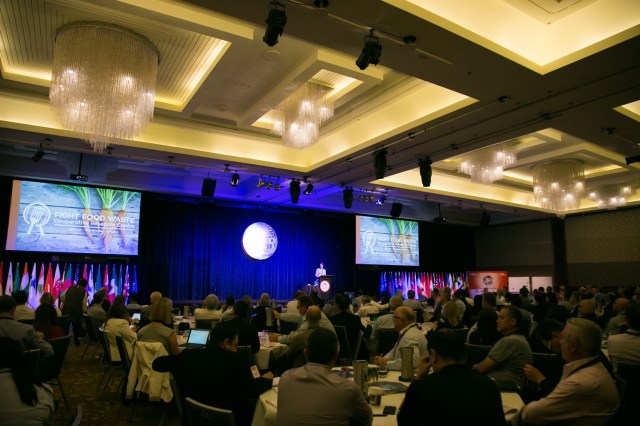
The World Packaging Organisation (WPO) has identified that there are changes in the production patterns of packaging on a global scale, with sustainability and recyclability at the forefront in driving these changes.
In its recently released pre-COVID-19 packaging trends report, the organisation found similar packaging trends within the various segments of the market, including food, beverages, household goods, health and personal care, and medical and pharmaceutical.
Within the beverages segment, it identified that businesses are turning to producing lighter bottles and closures, with special effects in decoration used by new printing techniques. Resealable and reusable packages are becoming the new norm, alongside shelf-ready packaging and multi-pack.
Beverage businesses are utilising more compostable barrier materials, especially for coffee capsules and second packaging, as well as recycled materials in the composition of a recyclable package. They are also increasing the use of alternative inks like rice ink, and returnable bottles.
Within the food segment, the report identified that businesses are redesigning packaging to reduce the amount of materials used and are considering smart packaging such as intelligent ventilation boxes. This is to focus on reducing food wastage and improving food safety.
Businesses in the food packaging space are also increasing their use of technologies that allow to trace the product chain, new printing technologies to guarantee security and detect problems with products by the food company, reduce plastic use, as well as improve e-commerce.
Easy open and reclosing packaging, along with compostable packaging and sensorial packaging are becoming the new norm.
Digital printing is increasingly being used in food packaging as well, according to the report.
Within the health and personal care space, the functionality of packaging has evolved to avoid waste and for reuse after use. Refill when possible concepts are taking centre stage and 2-in-1 or 3-in-1 packaging styles are becoming more common.
Household goods packaging are now more recyclable and sustainable, with caps and closures designed to avoid wastage and for ease of use.
The report also identified that for medical and pharmaceutical packaging, devices that help application and use are being utilised and packaging for hygiene security is increasingly being used.
The full report findings can be retrieved here.


